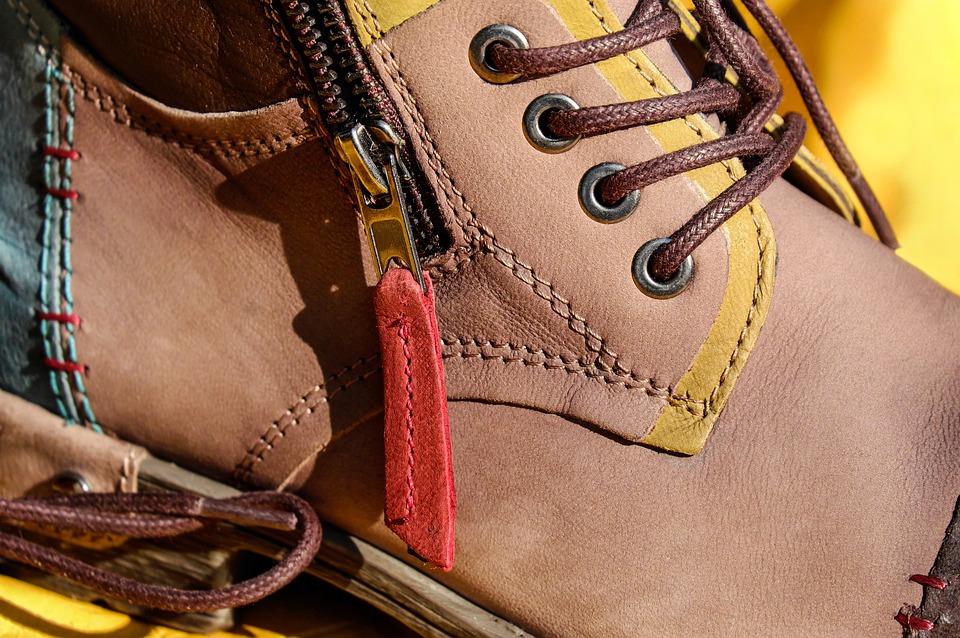The invention of the zipper has changed the way we dress and has been an important part of our clothing for over a century. From its humble beginning as a simpler and more practical closure method for clothing, zippers have evolved into a versatile and essential part of our everyday lives. The history of zippers is as fascinating as it is innovative.
The concept of a fastening device that could easily and securely close two pieces of fabric together has been around for centuries. Many early attempts to create such a fastener were complex and cumbersome, proving to be more trouble than they were worth. It wasn’t until the late 19th century that the modern zipper as we know it was born.
The first design for the zipper was patented in 1851 by Elias Howe, the inventor of the sewing machine. However, Howe never fully developed his design, and it laid dormant for decades. It wasn’t until the early 20th century that the zipper we know today was perfected.
In 1913, Swedish-American engineer Gideon Sundback developed a much-improved version of the zipper, which he called the “Separable Fastener.” This design featured interlocking teeth that could be easily opened and closed with a slider, making it simple to use and highly effective at securing two pieces of fabric together.
The new fastener made its debut at the 1915 World’s Fair in San Francisco. It was initially used in rubber boots and tobacco pouches but quickly gained popularity in the fashion industry. The name “zipper” was coined by the B.F. Goodrich Company, which used the fastener in its rubber galoshes and advertised them as the “Zipper Boots.”
Throughout the early 20th century, the zipper became increasingly popular and was used in a wide range of clothing, from trousers and skirts to jackets and dresses. Its durability and ease of use made it a favorite among consumers, quickly replacing traditional buttons and hooks.
The invention and integration of zippers into clothing revolutionized the fashion industry, allowing for more form-fitting and stylish designs. Zippers became a symbol of modernity and progress, and their use continued to expand into other areas, such as luggage, purses, and even military equipment.
In the 1930s, zippers became a staple in the aviation and automotive industries, where they were used in the manufacturing of parachutes, flight suits, and convertible car tops. The versatility and strength of zippers made them essential in these fields, contributing to their widespread use and popularity.
Today, zippers are an indispensable part of modern life, used in everything from clothing and accessories to household items and sports equipment. They continue to evolve, with new designs and materials being developed to improve their strength, functionality, and appearance.
The history of zippers is a testament to human ingenuity and innovation. What started as a simple solution for fastening clothing has blossomed into a versatile and essential part of our daily lives. As we continue to advance technologically, it’s exciting to think about the future of zippers and how they will continue to shape and influence the world around us.

